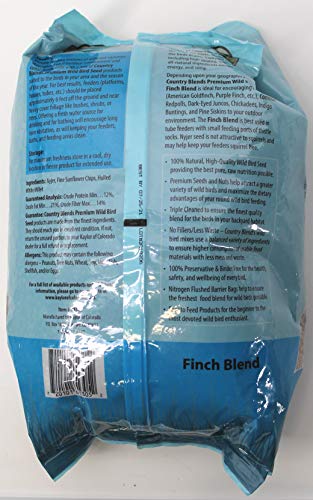
What is Egyptian wheat? Egyptian wheat (sometimes referred to as Shallu) is in the sorghum family. If this is the case, then let me share a little food for thought with you concerning the use of Egyptian wheat. Regardless of whether you are managing for wild quail, conducting a pre-season release project, or a mixture of both, more than likely you have included a network of food plots in your list of things to do in preparation for the fall hunting season. The simpler you make things, the more likely it is that people will be willing to follow through with the recommendations. Whenever I visit a property to give advice concerning quail management, I try to keep it as simple as possible.

To discover which plants suit the needs of gopher tortoises and also grow where you live, find your FWC region (see map below) and click on the corresponding links.There is a saying that goes ” all that is complex is not useful but all that is useful is simple”. Some very restricted seasonal fruits (that are preferred and sought out) are classified as low level because they are so rarely available to the tortoises in any quantity, and the tortoise must compete with other wildlife for the biomass amount that is available. Tortoises may even avoid these plant species when others are available. Low Level forage species are those plants tortoises will eat when they are available or perhaps because that plant is all that is available.Moderate Level forage species are those that tortoises will seek out but they produce a low to moderate amount of biomass or may produce a lot of biomass for a very short amount of time (as in seasonal fruits).High Level forage species produce high biomass tortoises seek them out.Very High Level forage species produce generally very high biomass tortoises seek them out and prefer these plants over other available species.Forage importance is classified as very high, high, moderate and low:

Plants you are considering to improve forage for gopher tortoises in Florida have varying levels in terms of their quality as food for tortoises. Many of these plants will blend in beautifully with your landscaping while also attracting native species of birds and butterflies.Ī Florida Guide to Gopher Tortoise Friendly Plants provides lists of trees, shrubs, vines, flowers and grasses which gopher tortoises like to eat. Plants can be added to your property that gopher tortoises feed on.

If you are fortunate enough to share your property with a gopher tortoise and its burrow or are looking to attract a gopher tortoise to your yard, there are ways you can help this threatened species.

They generally feed within 160 feet of their burrows but have been known to travel more than twice that distance to meet their foraging needs. Gopher tortoises graze on a variety of native and nonnative plants, including broadleaf grasses, wiregrass, prickly pear grass, wild grape, blackberry, blueberry, and many more.


 0 kommentar(er)
0 kommentar(er)
